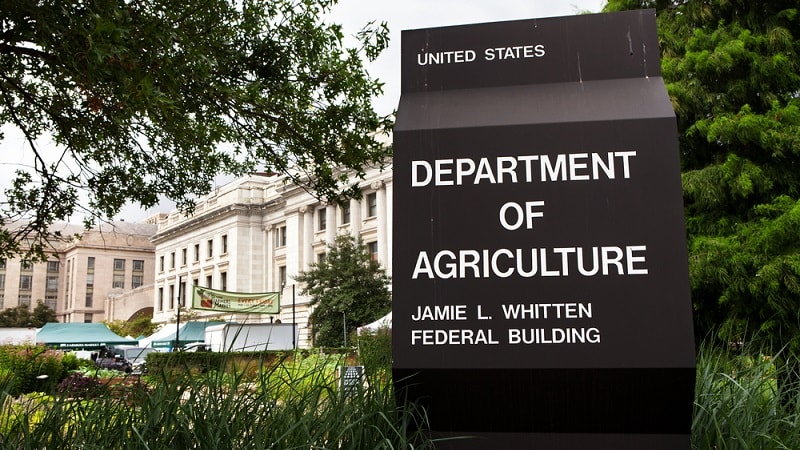
The U.S. Department of Agriculture (USDA) is looking to streamline IT hardware management through its Departmental Computer Asset Management (DCAM) initiative, which the chief information officer (CIO) predicts will save up to $20 million a year.
USDA CIO Gary Washington joined a GovExec TV event on July 16 in which he shared details on the coming initiative, which is slated to launch in 2026.
“Right now, we spend about $55 million a year on hardware. So, we anticipate, when we fully implement this program, we will save annually, $15-$20 million a year,” Washington said.
The CIO said those savings will come from consolidation, streamlining, and standardization, as well as competition through the USDA’s hardware procurements.
“In addition to that, we have a goal that within three days of knowing somebody’s coming to USDA, they have a fully configured laptop sitting on their desk waiting for them,” Washington said. “So, when they get to work, we want to make sure that they have the resources to get to work immediately, and they have what they need so that they can be successful at USDA.”
“We’re very excited about this. It’s an all-hands-on approach, not just within OCIO [Office of the Chief Information Officer], but the entire department,” he added. “We got user buy-in and our program partners to agree to this. Because, you know, there’s a large, there’s a humongous effort right now to find savings and [cost] avoidance.”
Washington stressed that cross-departmental collaboration helps to ensure the success of initiatives such as DCAM, as well as the agency’s USDANet modernization project.
“We truly believe in a business-driven approach to IT,” Washington said. “We try to be very inclusive. It’s not just about what we think people need; we need to listen to our customers and work with them and partner with them to implement what they need.”
“So, through governance boards, through brown bag sessions, through our strategic plans, through visits – because I strongly believe you should look somebody in the eye and listen to them – we get a sense of what they need so that we can be better positioned to provide them things of value. DCAM and USDANet are just two examples of that,” he said.
The DCAM initiative comes after President Donald Trump issued an executive order in April that directs Federal agencies to prioritize commercial, cost-effective solutions in Federal contracts.
